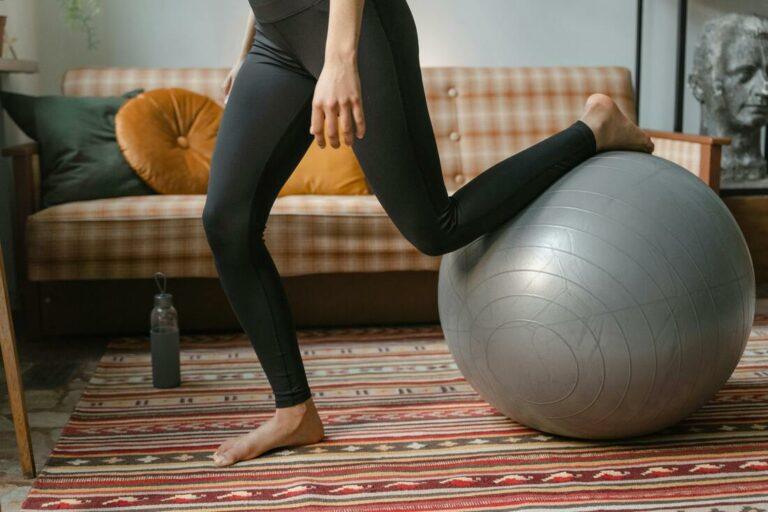Did you know that a strong upper body can boost your confidence, improve posture, and even enhance athletic performance?
While gyms offer a plethora of equipment to target your upper body, many of us lack the time, money, or motivation to commit to a gym membership.
Fear not, for the solution hangs right above your doorway – the humble pull-up bar.

Limited space, crowded gyms, and expensive equipment can hinder your upper body strength goals.
However, by incorporating a pull-up bar into your home workout routine, you can overcome these challenges and unlock your full potential.
Let’s explore the benefits of this versatile exercise tool and discover how to maximize its impact.
Understanding Pull-Up Bars
Pull-up bars offer a versatile and convenient way to build upper body strength at home.
Let’s explore the different types and their benefits:
Types of Pull-Up Bars
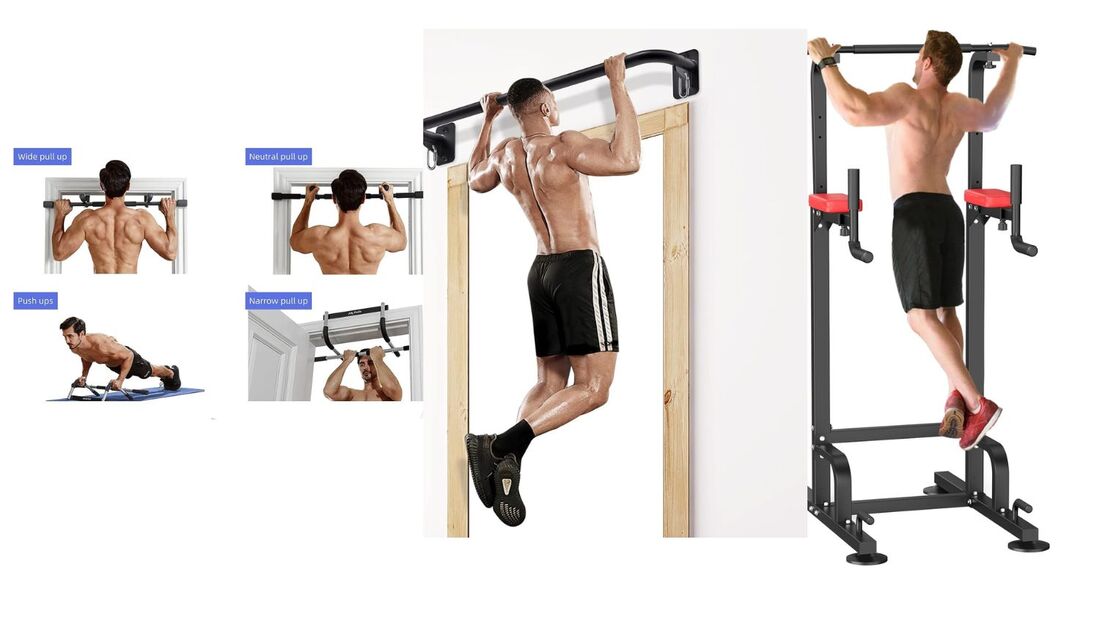
- Doorway pull-up bars: Portable and easy to install, but may not be suitable for all door frames.
- Mounted pull-up bars: Securely attached to walls or ceilings, offering stability and durability.
- Freestanding pull-up bars: Portable and adjustable, suitable for various heights and spaces.
(Note: Above are affiliate links)
Benefits of Incorporating Pull-ups into Your Workout Routine
- Upper body strength: Targets major muscle groups including back, shoulders, biceps, and forearms.
- Core engagement: Requires core stability for proper form.
- Functional fitness: Improves everyday activities like lifting and carrying objects.
- Posture improvement: Strengthens muscles supporting good posture.
- Calorie burning: Effective for weight management and fat loss.
Overcoming the Pull-Up Challenge
Many people struggle to perform a full pull-up initially.
Here are some strategies:
- Assisted pull-ups: Use resistance bands or a partner for support.
- Negative pull-ups: Lower yourself slowly from a supported position.
- Pull-up progressions: Start with easier variations like inverted rows or hanging leg raises.
Comparison Table: Pull-Ups vs. Traditional Weightlifting
To illustrate the unique advantages of pull-up training, below is a comparison table:
| Feature | Pull-Ups | Traditional Weightlifting |
|---|---|---|
| Equipment | Pull-up bar | Barbells, dumbbells |
| Muscle Focus | Back, biceps, forearms, core | Targeted muscle isolation |
| Space Requirement | Minimal | More space needed |
| Cost | Low | Higher |
| Functional Movement | High | Lower |
By understanding the different types of pull-up bars and overcoming initial challenges, you can effectively incorporate pull-ups into your workout routine.
Essential Pull-Up Variations
To maximize the benefits of pull-up training, explore different grip variations and progressions:
Different Grip Variations
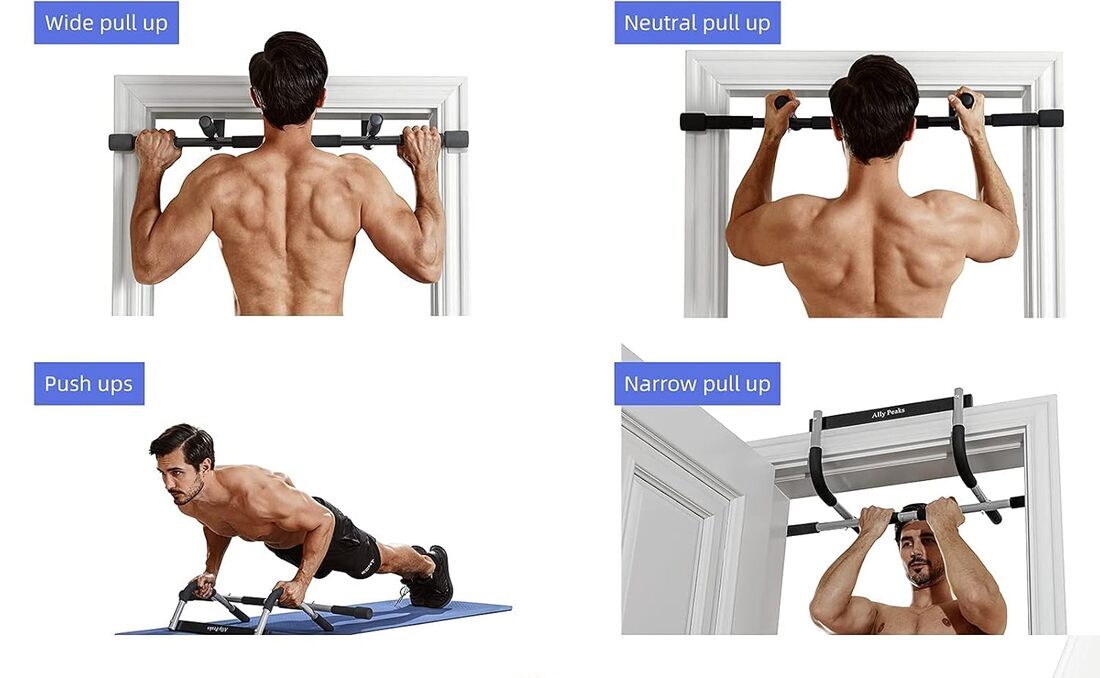
- Wide grip: Targets the latissimus dorsi (lats) for broader back development.
- Narrow grip: Emphasizes biceps and forearm strength.
- Neutral grip: Offers a balanced approach to back and arm development.
Pull-Up Progressions
- Chin-ups: Underhand grip for targeting biceps and upper chest.
- Inverted rows: A beginner-friendly variation performed with feet on the ground.
Additional Exercises for Back and Arm Development
Complement pull-ups with supplementary exercises:
- Rows: Target the back muscles with variations like bent-over rows and seated cable rows.
- Bicep curls: Focus on biceps development with different grip variations.
- Tricep extensions: Target triceps for overall upper body balance.
By incorporating these variations and additional exercises, you can achieve a well-rounded upper body workout.
Building Upper Body Strength with Pull-Ups
Pull-ups are a cornerstone of upper body strength training.
Let’s explore effective workout routines and progression strategies:
Pull-Up Workout Routines for Different Fitness Levels
- Beginners: Focus on mastering form and building endurance with assisted pull-ups and negative pull-ups.
- Intermediate: Increase sets and repetitions, incorporate variations like chin-ups and wide-grip pull-ups.
- Advanced: Aim for higher repetition sets, add weight for increased challenge, and explore advanced techniques like muscle-ups.
Combining Pull-Ups with Other Exercises for a Balanced Routine
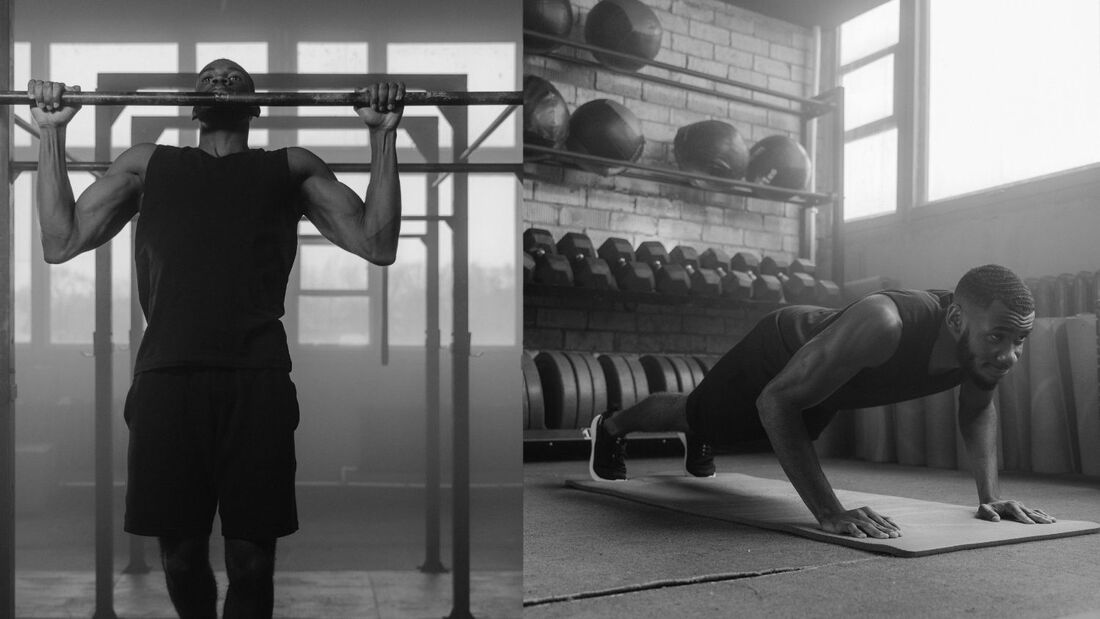
- Push-pull balance: Combine pull-ups with push-up variations to target opposing muscle groups.
- Full-body workouts: Incorporate pull-ups into circuit training or strength training routines.
- Core engagement: Engage core muscles during pull-ups for added stability and control.
Tips for Increasing Pull-Up Repetitions
- Consistency: Practice regularly to build strength and endurance.
- Progressive overload: Gradually increase the difficulty by adding weight or changing grip variations.
- Rest and recovery: Allow adequate time for muscle repair and growth.
- Nutrition: Fuel your body with proper nutrition to support muscle building.
By following these guidelines, you can steadily increase your pull-up strength and achieve your fitness goals.
Pull-Up Bar Accessories and Variations
To enhance your pull-up workouts, consider using accessories and exploring different exercises:
Pull-Up Assist Bands
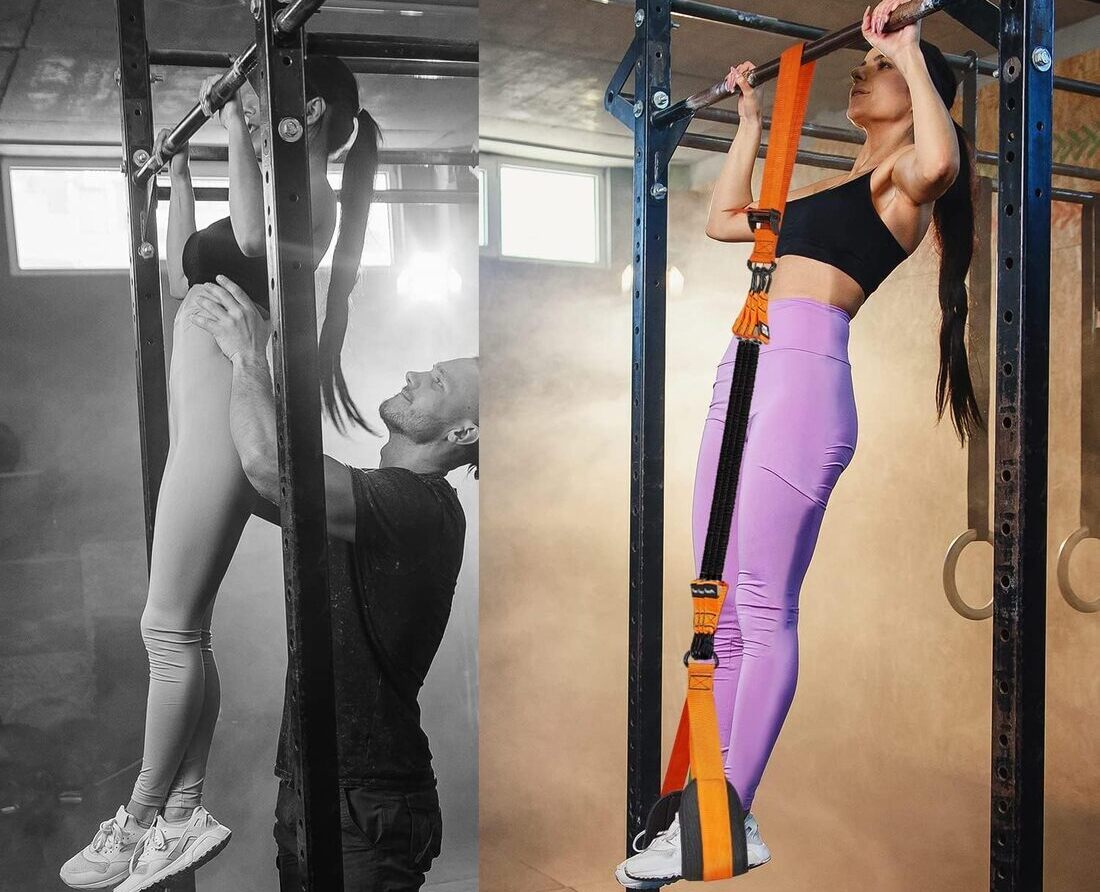
- Benefits: Provide additional support for beginners or to increase challenge for advanced users.
- Usage: Attach the band to the pull-up bar and your feet for assistance. (Affiliate Link)
Additional Exercises with Pull-Up Bars
- Dips: Target triceps and chest muscles.
- Leg raises: Enhance core strength and stability.
- Hanging knee raises: Challenge core and hip flexors.
- Inverted rows: A floor-based alternative for building upper back strength.

By incorporating these accessories and variations, you can continue to progress and avoid plateaus in your pull-up training.
Benefits of Pull-Up Training
Regular pull-up training offers a multitude of benefits for your overall fitness:
- Improved upper body strength and muscle development: Targets major muscle groups, including back, shoulders, biceps, and forearms.
- Enhanced core stability and posture: Engages core muscles for balance and improves spinal alignment.
- Increased functional fitness and overall athleticism: Translates to improved performance in daily activities and sports.
By incorporating pull-ups into your routine, you can experience significant improvements in upper body strength and overall athleticism.
Pull-Up Challenges and Workouts
To continue progressing and adding variety to your pull-up routine, consider these challenges and advanced techniques:
Pull-Up Competitions and Challenges
- Set a personal record: Challenge yourself to increase your maximum number of consecutive pull-ups.
- Time-based challenges: Perform as many pull-ups as possible within a specific time frame.
- Pull-up variations challenge: Experiment with different grip widths and body positions.
Advanced Pull-Up Techniques
- Kipping pull-ups: Use momentum to assist with the upward movement.
- Muscle-ups: Transition from a pull-up to a dip in one fluid motion.
- Weighted pull-ups: Increase resistance by adding weight to your body.
By incorporating these challenges and techniques, you can take your pull-up training to the next level and continue to build strength and power.
FAQs About Pull-Up Bars
To address common questions about pull-up bars and training, here are some frequently asked questions:
- Can I build muscle with pull-ups alone? While pull-ups are excellent for upper body strength, incorporating other exercises for a balanced routine is recommended.
- How often should I do pull-ups? Aim for 2-3 times per week, allowing sufficient rest for muscle recovery.
- What if I can’t do a single pull-up? Start with assisted pull-ups or negative pull-ups to build strength gradually.
- Can pull-ups help with back pain? Strengthening the back muscles through pull-ups can contribute to improved posture and reduced back pain.
- What other exercises can I do with a pull-up bar? Explore variations like chin-ups, dips, leg raises, and inverted rows.
Testimonials
“Since incorporating pull-ups into my routine, I’ve noticed a significant improvement in my upper body strength and overall fitness.” – Alex, 32
“I love the versatility of my pull-up bar. It’s a game-changer for home workouts.” – Sarah, 28
“I used to struggle with pull-ups, but with consistent practice and different variations, I can now do multiple reps. It’s incredibly rewarding.” – David, 40
These testimonials highlight the benefits and satisfaction experienced by pull-up enthusiasts.
Conclusion

The pull-up bar is an unsung hero of home fitness, offering a multitude of benefits for upper body strength, core stability, and overall athleticism.
By incorporating pull-ups into your routine, you’ll unlock a new level of strength and confidence.
Don’t underestimate the power of this simple yet effective exercise tool.
Embrace the challenge and experience the transformative effects of pull-up training.
Ready to elevate your upper body strength?
Invest in a pull-up bar and start building a stronger, more confident you.
Explore our range of pull-up bars and accessories, links above, to find the perfect fit for your home gym.
References
Exercise Technique: The Pull-Up. National Strength and Conditioning Association (NSCA)
Pull up bar. American Council on Exercise (ACE)
Related Posts



